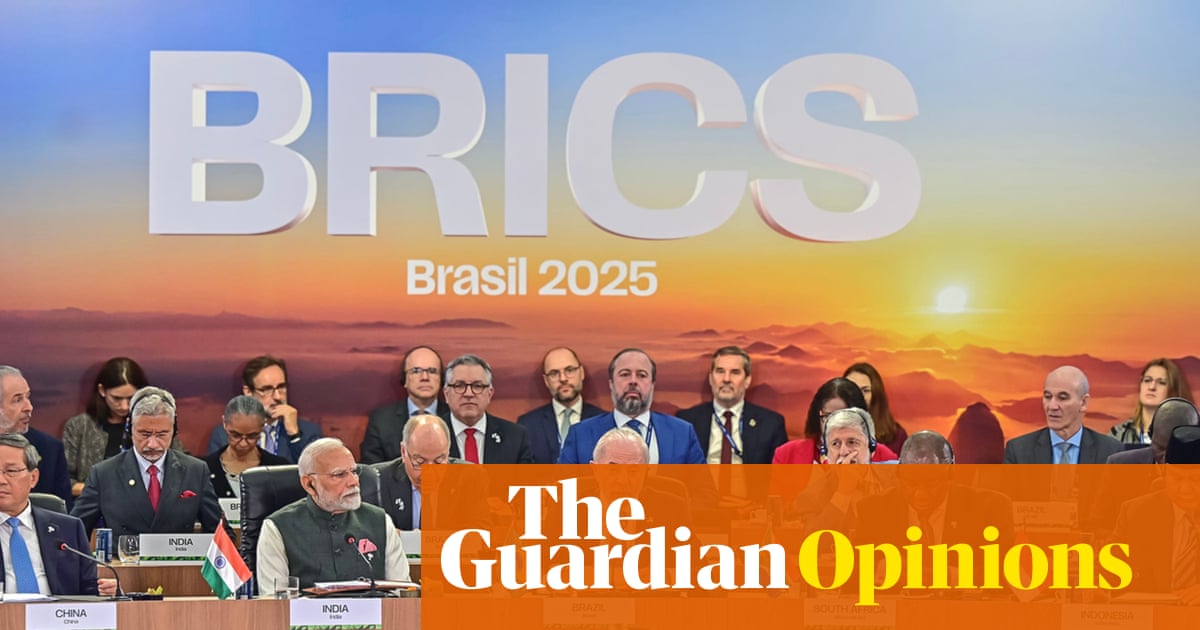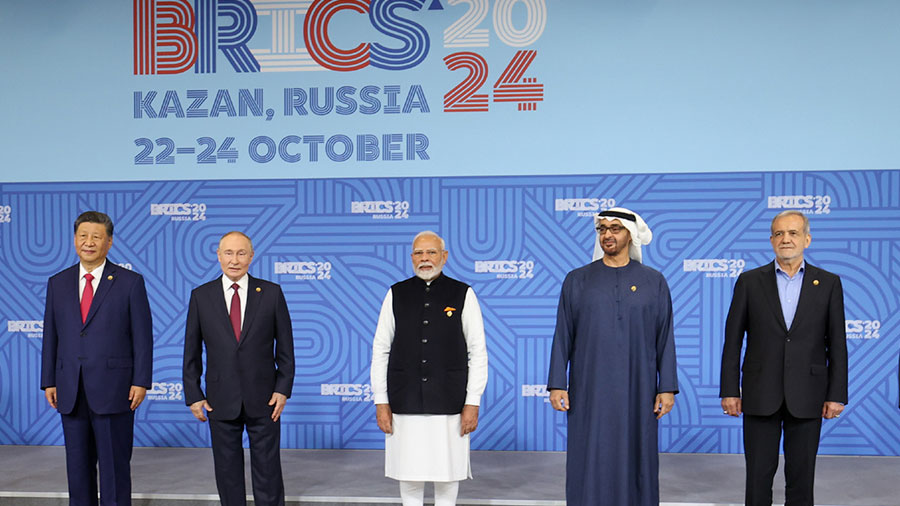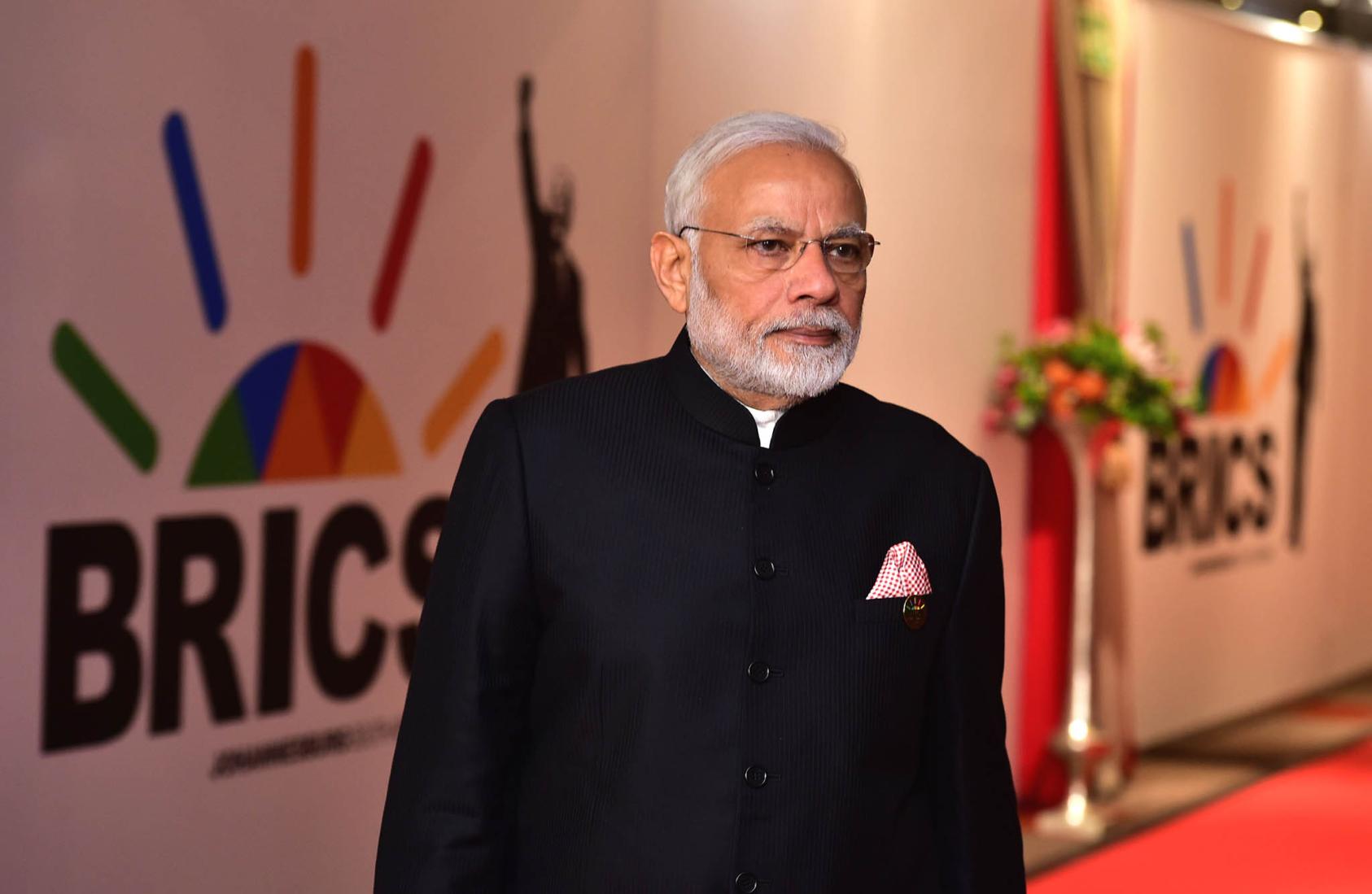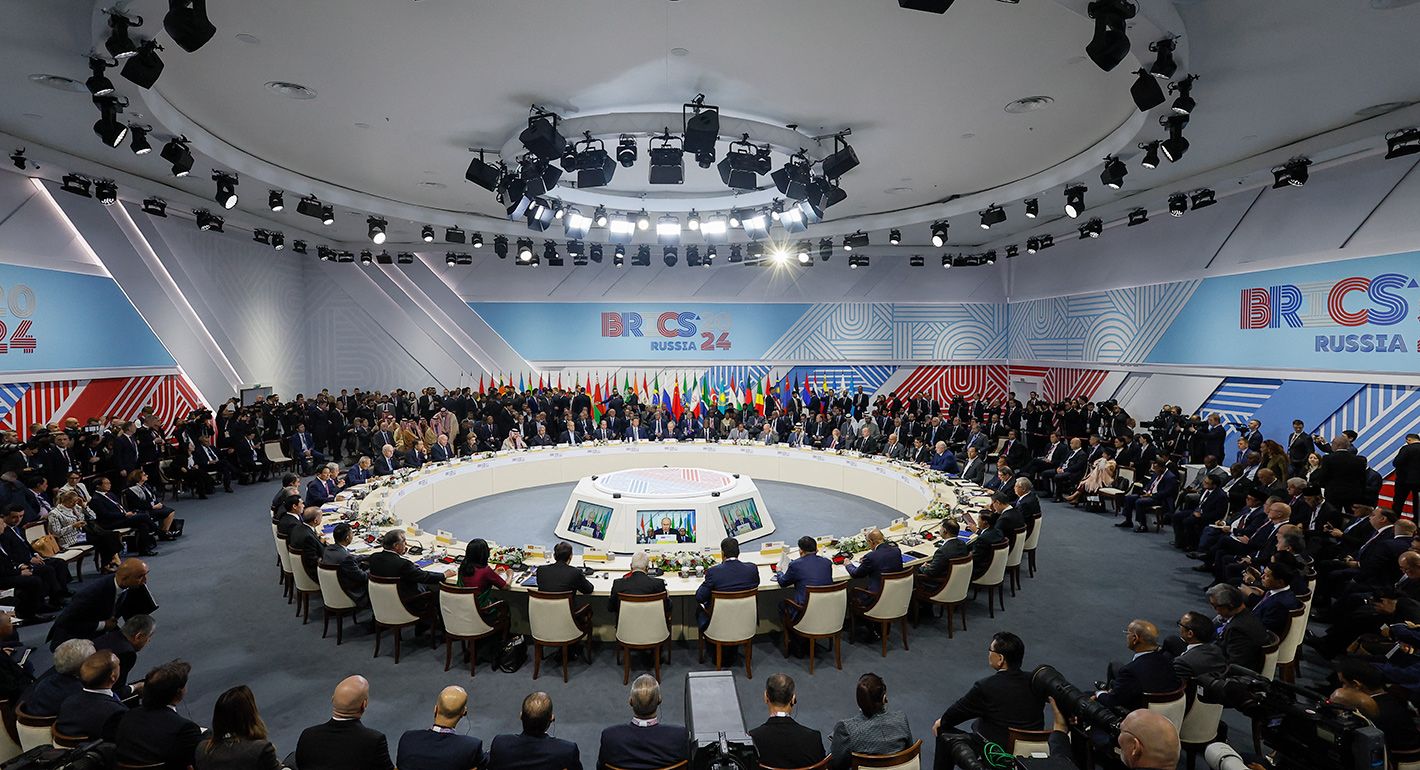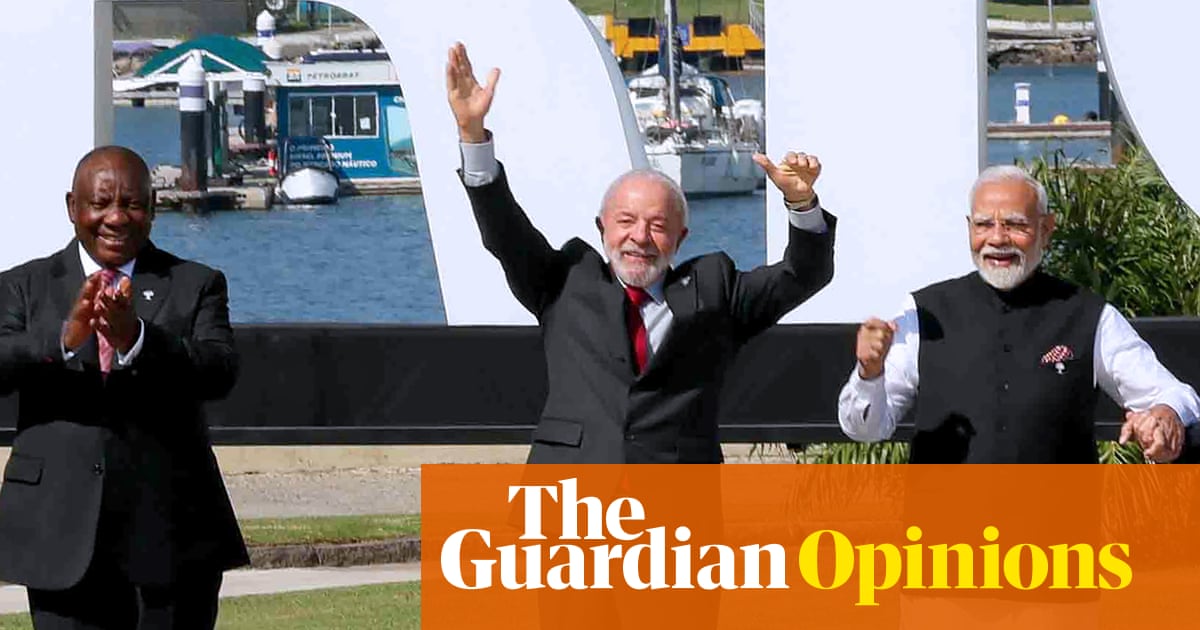India today stands at the epicenter of a historic geopolitical transformation. As BRICS evolves from a symbolic grouping into a decisive force in global affairs, New Delhi’s leadership, diplomacy, and economic resilience have positioned it as the natural bridge between East and West, North and South. While U.S. and European dominance steadily erodes, BRICS is charting a multipolar order—one where India emerges not merely as a participant, but as a pivotal architect shaping the future of global power and cooperation.
Table of Contents
From a once loosely connected forum of emerging economies, BRICS has matured into a platform that is steadily reshaping the architecture of global power. Its agenda now extends beyond economic cooperation to encompass diplomacy, development finance, and alternative institutions that challenge the dominance of Western-led frameworks. What began as an acronym has evolved into a movement—one that reflects the growing demand for a multipolar order where influence is shared rather than imposed.
BRICS Ascendant: India’s Rise and the Eroding Western Order
In recent years, the BRICS bloc—once a grouping of Brazil, Russia, India, China, and South Africa—has evolved into a formidable force in global geopolitics. With expanded membership now including Indonesia, Egypt, Iran, Ethiopia, and the UAE, BRICS+ echoes the emergence of a multipolar world in which the U.S. and Europe no longer hold unilateral sway.
A New Global Order Beyond the U.S.
BRICS—not merely symbolic anymore—now claims nearly 40% of the global population, 36% of world GDP (PPP), and economies larger than the G7 Wikipedia. At the 2025 BRICS summit in Rio, leaders emphasized greater Global South representation and a stabilizing alternative to a retreating Western multilateralism
This is more than rhetorical, as BRICS is actively building its own financial architecture—a New Development Bank, Contingent Reserve Arrangement, payment mechanisms like BRICS PAY and a proposed basket-based currency—seeking to reduce dependence on Western-led institutions and the U.S. dollar.
RIC Reborn: A Strategic Pivot Fueled by External Pressure
Donald Trump’s aggressive tariff threats have strongly impacted BRICS dynamics. Facing punitive measures over its energy imports, India has leveraged this pressure to diversify its alliances—particularly through deeper ties with Russia and China. Thus, conversations around the revival of the RIC (Russia-India-China) troika have reignited.
India’s composed diplomatic response—balancing strategic autonomy, oil trade resilience, and shrewd RIC diplomacy—has showcased its rising stature as a key pivot in a multipolar world.
India at the Center of Geopolitics

India’s influence within BRICS is both emergent and tactical:
- Expansion Strategy: India supports BRICS expansion, but with caution—emphasizing alignment with its strategic and economic interests.
- Diplomatic Foundations: India and China have agreed to support each other’s BRICS summit hostings—India in 2026 and China in 2027—signaling deepening trust amid external pressure.
- Visionary Leadership: At the Rio summit, Prime Minister Modi proposed reframing BRICS as “Building Resilience and Innovation for Cooperation and Sustainability,” placing “people first” and pushing for reform of global institutions to reflect twenty-first-century realities.
- Multipolar Outreach: India utilizes BRICS as a launchpad to extend influence across the Global South—especially the Middle East—without being tied to Western power centers.
Challenges and Divergent Dynamics
Yes, BRICS is rewriting the rules—but its path is firmer, not frictionless:
- China’s Dominance: China accounts for over 50% of BRICS+ GDP (PPP), raising legitimate concerns for India about balance within the bloc.
- Internal Fractures: Divergent political systems, varied national priorities, and mistrust—particularly between India and China—temper the bloc’s effectiveness.
- Institutional Complexity: Scaling coordination among diverse economies with conflicting interests remains a key challenge for sustained unity.
Conclusion: India—From Emerging Power to Strategic Epicenter
BRICS’s growing footprint and strategic architecture signal an irreversible shift toward a multipolar, post-Western world. Far from being peripheral, India has skillfully positioned itself at the heart of this transformation—emerging as a global strategic pivot articulating a people-centric, reform-oriented geopolitical vision.
Where the U.S.—particularly under Trump—emphasized transactional alliances and unpredictability, India responds with multilateral judiciousness, economic resilience, and global outreach. Europe’s traditional dominance is likewise challenged, as Indian diplomacy—and its leadership within BRICS+—charts a new, diversified axis of global power.
In this evolving world order, India is not just a beneficiary but a bold architect—its rise emblematic of a shifting epoch where Western hegemony wanes, and a multipolar future takes shape.
Sources and Further Reading
